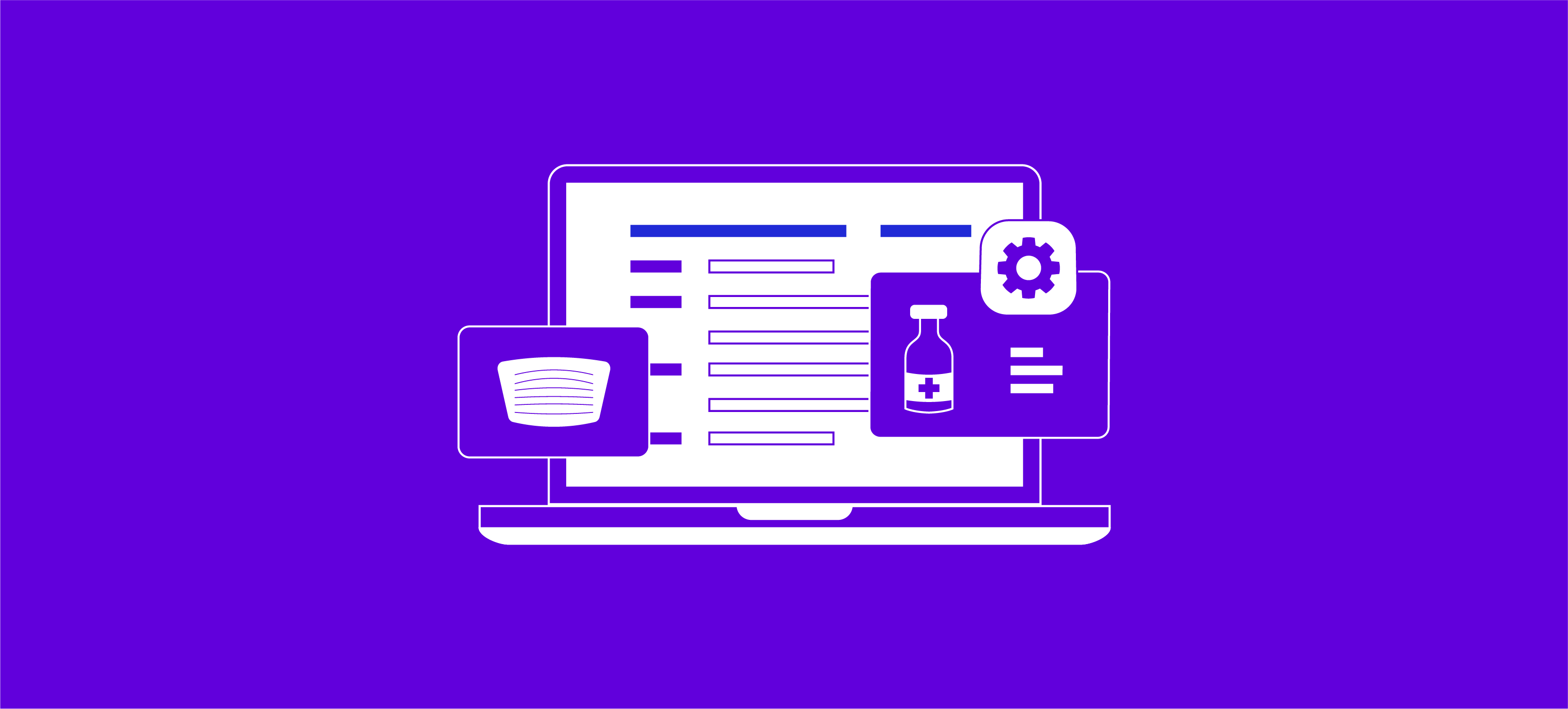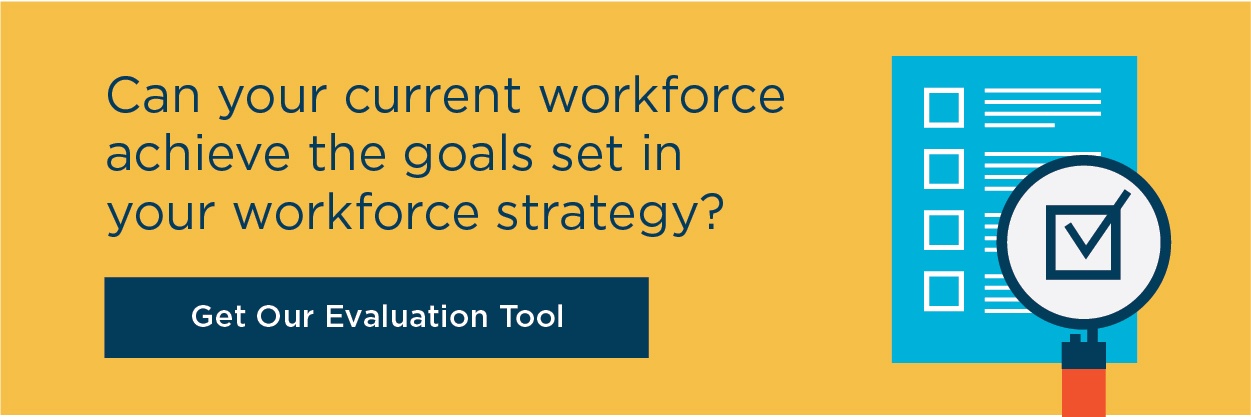Why You Should Use Time-Tracking Software In Healthcare

The phrase time well-spent is a cliché for a reason, and nowhere is that idea more relevant than in the business of healthcare. Every single minute matters to a patient's well-being and to a hospital or healthcare organization’s ability to serve its community.
But when healthcare organizations rely on outdated methods of employee scheduling and time tracking, like using paper schedules or piecemeal technology and software, it's easy to mismanage that valuable time. Undisciplined time and task oversight allows for inefficiencies to creep in, leading to problems such as:
- Scheduling holes and mistakes
- Skyrocketing premium pay, such as overtime or contract labor
- Reduced productivity and profitability
- Burned-out staff
As a result, forward-thinking healthcare organizations are increasingly turning to time-tracking software solutions and apps that allow them to manage employees' work schedules efficiently, easily, and effectively. No workforce management function should be without them. Why? There’s power in integrating time and attendance with staffing and scheduling—allowing healthcare organizations to better meet financial, clinical, staff engagement, patient satisfaction, and compliance goals.
For today's workforce, every task, project, or campaign must focus on efficient timekeeping that contributes to organizational goals. No matter how detailed and carefully planned a new initiative may be, it cannot succeed if employee time isn’t properly optimized.
Implementing a time tracking strategy can take some upfront effort, but the benefits it provides your healthcare organization are impactful and long-lasting. Read on to discover the benefits of time-tracking software, and how implementing this tool improves and enhances your overall workforce management strategy.
What is time tracking?
Time tracking refers to how organizations capture, record, and track the hours that their employees work. Doing so ensures that the business runs effectively during every shift. Efficient time tracking is a critical component of a healthy, holistic workforce management strategy because it allows managers to create intentional, robust schedules and staffing plans—and to ensure that all staff are at the right place, at the right time at the right cost.
Time tracking is easier and more accurate with the help of software and enabling technologies helping to automate the process, empowering employees to manage their time keeping and provide real-time insights for data-driven decisions.
Moreover, time-tracking software aggregates data that managers use to analyze trends, adjust schedules, and understand how scheduling decisions and patterns lead to improvements, like:
- Increased employee satisfaction
- Cost savings
- Enhanced patient care
- Improved productivity
What are the benefits of time-tracking software?
Healthcare time-tracking is a complex process, and your solutions need to support and automate the pay policies and rules in a dynamic environment. Healthcare organizations that make the switch to time-tracking software built specifically for healthcare benefit from greater flexibility and deeper insights into workforce patterns and trends that benefit managers, employees, patients, and the organization at large.
For employees, time-tracking tools provide flexibility and control over their time capture, leading to improved satisfaction and less burnout. For instance, employees can easily use the time-tracking software tools to set or request adjustments such as:
- Submit time-off requests
- Request clocking corrections
- Receive missed clocking notifications
What are consequences of poorly managed time?
Despite the benefits of time-tracking software, many healthcare organizations still rely on outdated methods. Poorly managing employee time can result in a host of problems for healthcare organizations.
That was the case at Phoebe Putney Health System in Georgia, which used an antiquated, ad-hoc, and siloed scheduling system that contributed to major financial inefficiency. For instance, the organization's overtime expenses cost the organization $9M annually.
Although Phoebe Putney Health System had automated staffing and scheduling solutions installed, not every unit used them. In fact, many units still relied on cumbersome paper-based processes to make schedules and track employee time. In addition, each unit handled its own scheduling and time-tracking, and the systems and methods for doing so varied from unit to unit. The lack of standardization and use of paper-based processes resulted in inconsistent staffing practices business-wide and unclear staffing needs.
To address these and other issues, Phoebe Putney adopted several symplr tools, including the integrated Time and Attendance and Staffing and Scheduling solutions, to streamline and centralize its workforce management process. This resulted in profound changes for the better, including saving $3 million in one year and slashing overtime from 4.6% to 3.5% of labor costs.
Did you know that symplr Workforce Time and Attendance is a long-time Best in Klas winner? Learn more.
|
In addition to the cost savings, the healthcare specific workforce management solutions allows nurses to schedule themselves into open shifts across the organization. It also provides insights to help managers better track employee hours and fill schedule vacancies, making more efficient use of employees' time and skills. Managers have real-time insight into scheduling needs across the organization and are better able to allocate employees with the right skills in the right place at the right time.
Plus, the integrated Time and Attendance and Staffing and Scheduling solutions helped Phoebe Putney Health System support a shift from four-week schedule periods to six-week periods, which benefited both managers and employees. Managers had fewer schedules to create and adjust each year, while employees liked the increased predictability in their schedules.
With efficient workforce management technologies in place, managers avoid having to scramble to fill open shifts. Employees appreciate the ability to pick up vacancies that work with their schedules, and managers are freed up for higher-level tasks.
Using time-tracking software to its fullest
Using time-tracking software not only provides managers with insight into day-to-day scheduling information, needs, and possible schedule vacancies, but can also aggregate data to give managers deeper insight into trends that they might not have noticed otherwise. For instance, they have visibility across the enterprise to spot exactly when a unit is under- or overstaffed, which unit needs more resources on a day-to-day or ongoing basis, and where employees can better share the workload across units.
Time-tracking software also helps managers take action to predict and correct problems even before they happen. For example, the software can alert managers when an employee is close to accruing preventable overtime hours and allow them to take steps to avoid it.
Time-tracking insights help to balance the nursing mix. Since nurses with baccalaureate educations and specialty certifications nurses are linked with improved patient outcomes, managers can use time-tracking software to appropriately staff units with a healthy mix of nurses with varying levels of education and experience.
Finally, time-tracking software provides added convenience for time card management at any time. Unlike paper or other outdated methods, time-tracking software allows employees and managers to conveniently access and control their time cards on-the-go, thanks to mobile tools like symplr’s Mobile Workforce App. The mobile app allows employees to access their schedules, request changes, and submit time-off requests. It gives managers the capability to approve employee time cards, address and prevent overtime, and take other actions whether they're in the office or not. There are also alerts for employees and managers if an employee doesn’t clock in or out.
Time is the most precious commodity that healthcare managers possess. But without efficient time tracking, managers will be in the dark about the best and most effective ways to support their employees and make , data-driven business decisions. That's why time-tracking software is important to successfully meeting the financial, clinical, staff engagement, patient satisfaction, and compliance goals of your healthcare organization.
More from symplr on better managing your workforce
- Get a demo of symplr’s leading healthcare workforce management solution, which includes time-tracking tools.
- Read about how symplr’s Workforce Management Time and Attendance Solution was named Best in KLAS in the 2021 Best in KLAS Awards: Software & Services Report.

-4.png?width=799&name=Best%20in%20KLAS%202021-2(1)-4.png)
